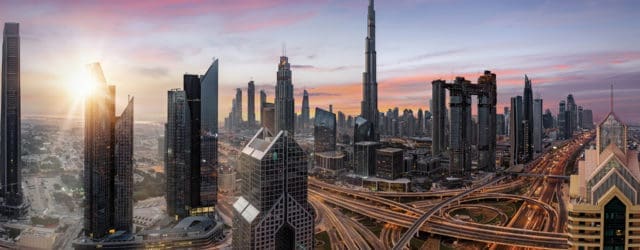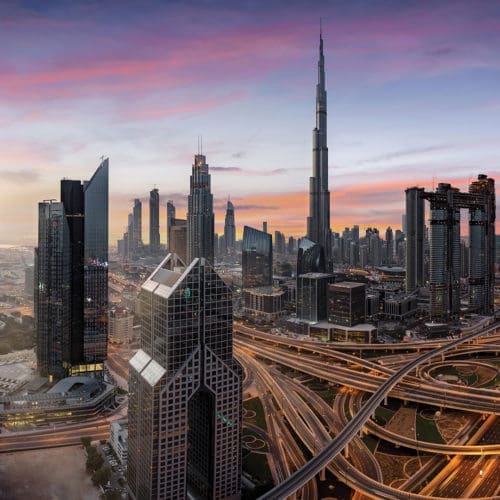Urban Planning – Dubai Continues to Deliver
December 2022Phase II of the Dubai 2040 Urban Master Plan was approved this week by His Highness Sheikh Mohammed bin Rashid Al Maktoum, Vice-President and Prime Minister of the UAE and Ruler of Dubai, signalling a number of points of interest for clients and colleagues in the construction industry.
On 2 January 2022, His Highness Sheikh Mohammed bin Rashid Al Maktoum approved the Dubai 2040 Urban Master Plan (the “Plan”) which maps out how sustainable urban development is to proceed in the city.. The Plan is aligned with the UAE’s vision for the next 50 years, and is focused on enhancing people’s happiness and quality of life with the intention that Dubai will become the world’s most liveable city. To execute this Plan, a new Supreme Committee for Urban Planning was formed to regulate and govern urban planning in the Emirate and implement the deliverables of the Plan.
The Plan has been in operation for close to a year, during which the Supreme Committee has (amongst other projects):
- agreed a housing budget of AED 65 billion for housing citizens in Dubai, doubling the number of beneficiaries of Dubai’s housing programme;
- doubled the area of the land plots allocated for housing nationals in Dubai, reaching 1.7 million square feet;
- commenced projects to increase the size of Dubai’s public beaches;
- begun to develop a draft of the Dubai Wellbeing Strategy; and
- made improvements to the legislative and statutory framework that streamlines the urban planning process. This has included the drafting of the Urban Planning Law and developing an integrated planning database to support sustainable development in line with Dubai’s ambitious environmental plans.
Of particular interest to those of us in the construction industry, Phase II of the Master Plan includes the development of five main urban centres in Dubai – three already existing centres (Deira, Downtown and Marina) and two new centres (Expo 2020 and Silicon Oasis). The Plan describes an integrated approach to the development of these urban centres by providing equitable access to facilities, services and opportunities across the city for all residents. The plan identifies six urbanisation levels which are each afforded a grade, based on the mixed uses and densities, and the specific residential and functional roles that are offered to the community in these urban centres. Based on these six levels, it is then possible to determine what infrastructure requirements – roads and transportation systems, energy and government services such as hospitals, schools, service centres, and service and recreational facilities are needed to service those urban centres.
Phase II also:
- includes a comprehensive strategy for Dubai’s real estate sector up to 2040 to align it with the requirements of the Plan and to strike a balance between supply and demand;
- includes a framework for high-yield agriculture and farming by identifying suitable locations and developing the infrastructure and facilities required, to ensure food security;
- outlines plans for preserving urban heritage to enhance the emirate’s identity, promote historical areas, landmarks and buildings, and improve the tourism experience at archaeological sites; and
- calls for developing a 20-minute city where residents can reach 80 per cent of their daily needs and destinations within 20 minutes either on foot or by bicycle using public transport links. The project involves developing integrated service centres with all the necessary facilities and increasing the population density around mass transit stations.
With Dubai’s population expected to double in the next 20 years, the amount of infrastructure needed to accommodate this increase is immense, and it is therefore exciting to see that Dubai is taking the steps needed to ensure that as it expands, the quality of life of its residents continues to increase.
Download PDF









